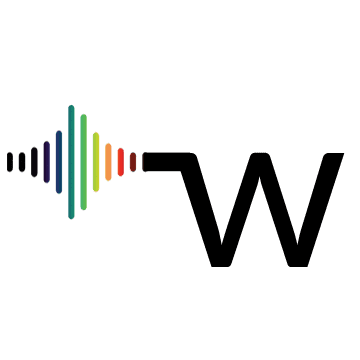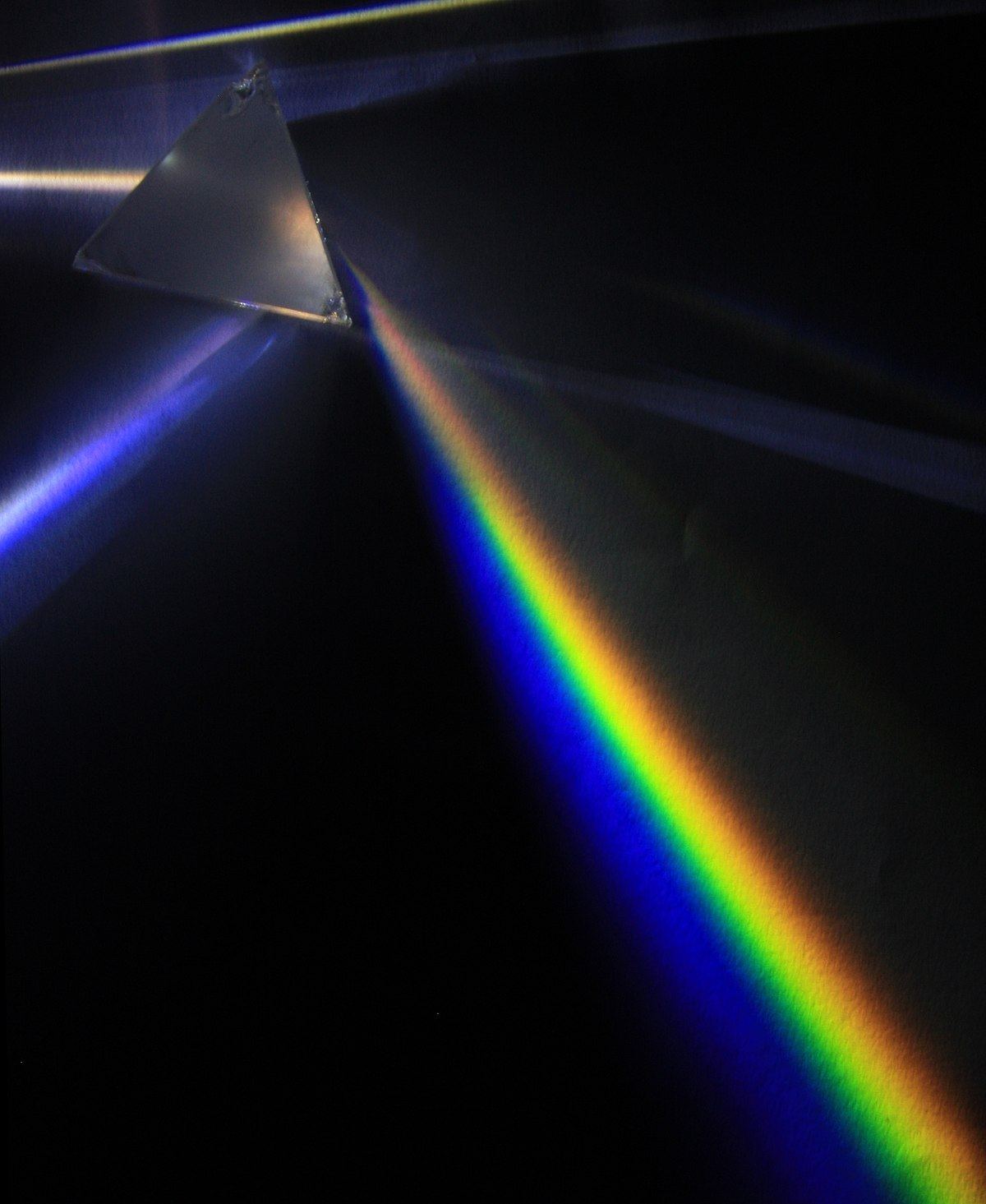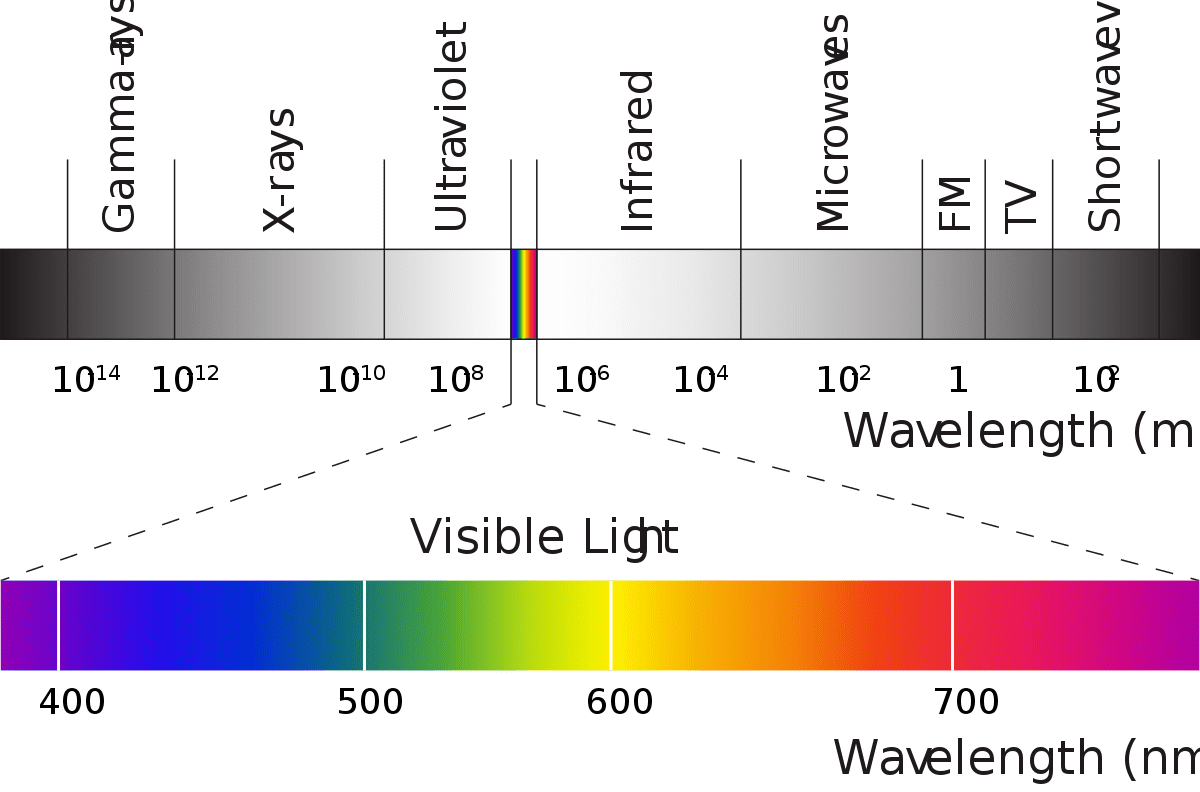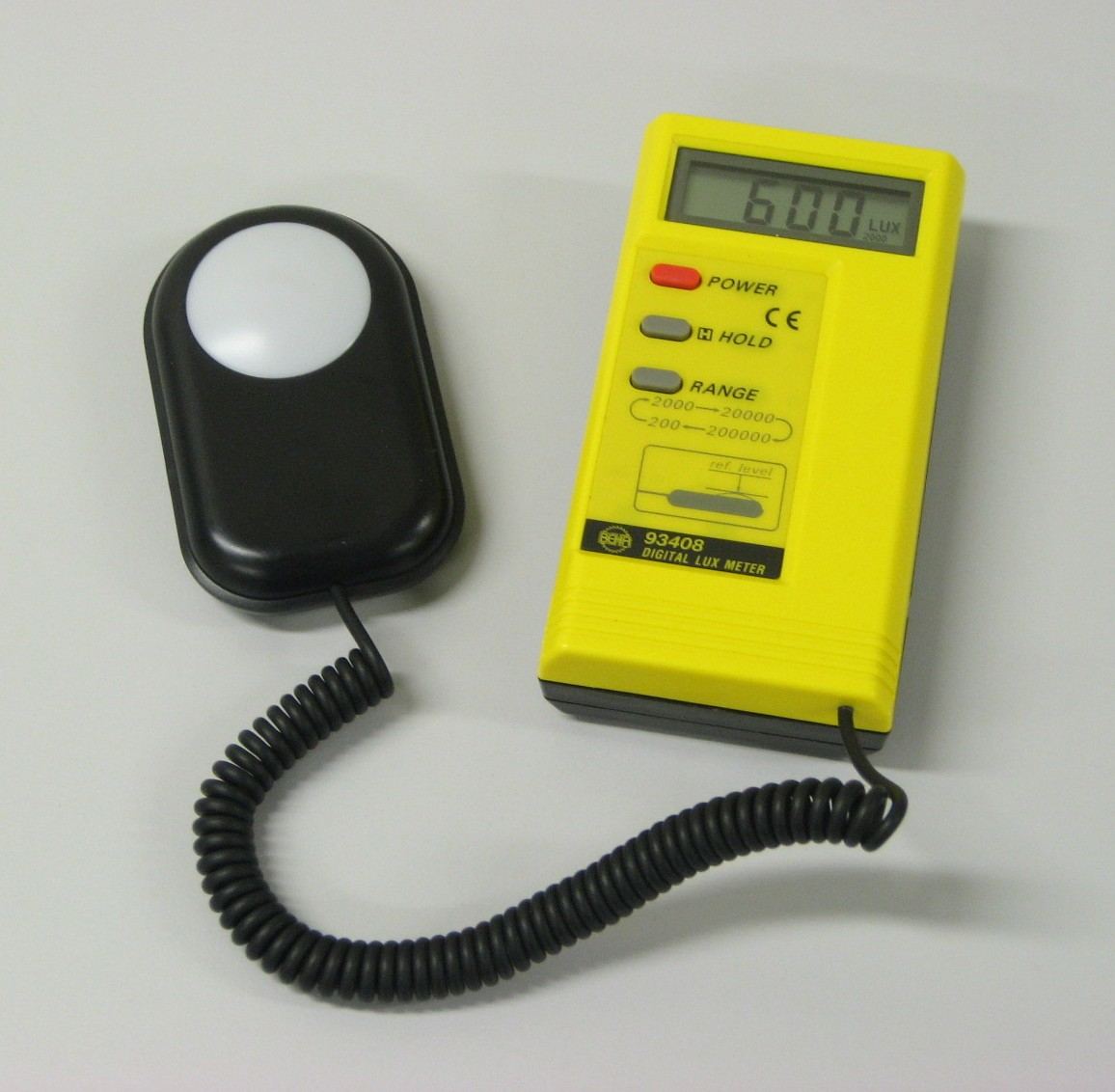Just a short disclaimer here, I am not an expert. I've done my own research, I will show my sources and I am willing to be corrected.
I will try my hardest to keep my bias out of the equation as best I can.
Light a small portion of the electromagnetic radiation spectrum:
View attachment 924727
https://imagine.gsfc.nasa.gov/Images/science/EM_spectrum_compare_level1_lg.jpg
Within this narrow band of the spectrum is the visable light spectrum.
View attachment 924728
The
visible spectrum is the portion of the
electromagnetic spectrum that is
visible to the
human eye.
Electromagnetic radiation in this range of
wavelengths is called
visible light or simply
light. A typical
human eye will respond to wavelengths from about 380 to 740
nanometers.

en.wikipedia.org
This is what we are primarily interested in when growing plants. And what we are measuring when we measure Lumens.
There is a tiny bit leading in to and out of the spectrum that plants can use we know as ultraviolet and far red.
The
lumen (symbol:
lm) is the
SI derived unit of
luminous flux, a measure of the total quantity of
visible light emitted by a source per unit of time.

en.wikipedia.org
Photosynthetically active radiation, often abbreviated
PAR, designates the spectral range (wave band) of solar radiation from 400 to 700
nanometers that photosynthetic organisms are able to use in the process of
photosynthesis.

en.wikipedia.org
So, you might be asking: What's the deal? Both those spectrum's are almost exactly the same. What's actually being measured, and how can we use this information to help us grow plants?
Well in short, they are both measuring the same thing different ways. One is slightly more accurate when dealing with plants.
PAR Is a measure of the actual radiation hitting the sensor, the sensor being a known size, some math is done and you are given a number representing the actual amount of Photosynthetically active radiation. It is relative to a standard formula and thus you have a standard unit of measure.
Lumen is a measure of the visible light spectrum as compared to 1 Candela (Candle).
Lumens are Slightly weighted to the human eye, so it gives more weight to brighter colors.
So you can see, they are both valid unit of measuring light for both humans, and plants. Since they are both measuring the same part of the spectrum, the numbers can be interpreted to denote more or less light on a scale. Par will be a little more accurate as is it measuring the actual radiation hitting the surface and lumens is measuring the amount of visible light of an area.
Higher Lumen counts must equal higher PAR values and vice versa. since they are measuring the same thing, and more is more. Keep that in mind if you've been talking yourself in to buying a costly PAR meter. The only real reason to own a PAR meter, is so you will have accurate PAR measurements. But if more par = more lumens and more lumen = more par. you're just paying for a name. Conversely there are formulas that can give you accurate PAR number from Lumens. Even online calculators that do it for you.
Online calculator to convert luminous flux (lumens) to PPF (micromoles per second).

www.waveformlighting.com








